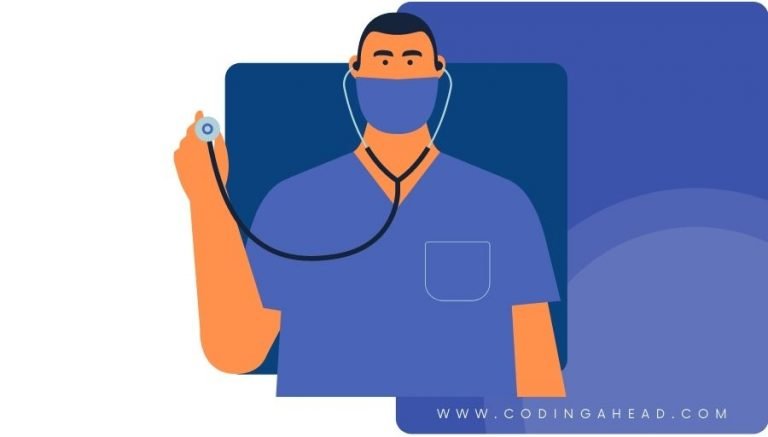How To Use CPT Code 31770
CPT 31770 describes a procedure known as bronchoplasty, specifically graft repair. This article will provide an overview of CPT code 31770, including its official description, the procedure itself, qualifying circumstances, appropriate usage, documentation requirements, billing guidelines, historical information and billing examples.
1. What is CPT Code 31770?
CPT 31770 is a code used to describe a specific procedure called bronchoplasty, which involves the repair of an airway using a graft or patch. This procedure is performed by a healthcare provider while the patient is under anesthesia and in the supine position. The provider makes an incision in the area of the bronchus to access the target area and then repairs the diseased or defective bronchus by placing a synthetic or cartilage graft on the bronchial defect. This helps to reestablish the airway and alleviate any obstruction.
2. Official Description
The official description of CPT code 31770 is: ‘Bronchoplasty; graft repair.’
3. Procedure
- During the bronchoplasty procedure, the patient is placed under anesthesia and positioned supine.
- The healthcare provider makes an incision in the area of the bronchus to reach the target area.
- A graft, either synthetic or cartilage, is selected and prepared for placement.
- The provider carefully places the graft on the bronchial defect to repair and reestablish the airway.
- The procedure is completed, and the incision is closed.
4. Qualifying circumstances
CPT code 31770 is used when a patient requires bronchoplasty with graft repair to address a diseased or defective bronchus. This procedure is typically performed on patients who have an obstructed airway that needs to be repaired. The healthcare provider must determine the need for bronchoplasty and assess the patient’s eligibility for the procedure.
5. When to use CPT code 31770
CPT code 31770 should be used when a healthcare provider performs bronchoplasty with graft repair to address a specific bronchial defect. It is important to accurately document the procedure and ensure that the patient meets the qualifying circumstances for this code. It is not appropriate to use CPT code 31770 for any other procedures or conditions.
6. Documentation requirements
To support a claim for CPT code 31770, the healthcare provider must document the following information:
- Patient’s diagnosis and the need for bronchoplasty with graft repair
- Details of the procedure, including the specific bronchial defect and the type of graft used
- Date of the procedure
- Any additional relevant information or complications encountered during the procedure
- Signature of the healthcare provider performing the procedure
7. Billing guidelines
When billing for CPT code 31770, it is important to ensure that the procedure performed aligns with the official description of the code. The healthcare provider should accurately document the procedure and any necessary supporting information. It is also important to follow any specific billing guidelines provided by insurance companies or payers. It is recommended to review the specific guidelines for CPT code 31770 to ensure accurate billing and reimbursement.
8. Historical information
CPT code 31770 was added to the Current Procedural Terminology system on January 1, 1990. The code has undergone no updates or changes since its addition.
9. Examples
- A patient undergoes bronchoplasty with graft repair to address a bronchial defect caused by a tumor.
- A healthcare provider performs bronchoplasty with graft repair to repair a congenital bronchial defect in a pediatric patient.
- A patient with a history of chronic bronchitis undergoes bronchoplasty with graft repair to alleviate airway obstruction.
- A healthcare provider performs bronchoplasty with graft repair to address a bronchial defect caused by trauma.
- A patient with a bronchial defect resulting from a previous surgical procedure undergoes bronchoplasty with graft repair to correct the issue.
- A healthcare provider performs bronchoplasty with graft repair to address a bronchial defect in a patient with a history of smoking-related lung disease.
- A patient with a bronchial defect caused by a foreign body obstruction undergoes bronchoplasty with graft repair to restore normal airflow.
- A healthcare provider performs bronchoplasty with graft repair to address a bronchial defect in a patient with a history of recurrent respiratory infections.
- A patient with a bronchial defect resulting from a chronic inflammatory condition undergoes bronchoplasty with graft repair to improve respiratory function.
- A healthcare provider performs bronchoplasty with graft repair to address a bronchial defect in a patient with a history of radiation therapy for lung cancer.


